This is one in a series of posts on the Fujifilm GFX 100. You should be able to find all the posts about that camera in the Category List on the right sidebar, below the Articles widget. There’s a drop-down menu there that you can use to get to all the posts in this series; just look for “GFX 100”. Since it’s more about the lenses than the camera, I’m also tagging it with the other Fuji GFX tags.
I’ve been posting a lot recently about the 120 mm f/4 GF macro lens for the GFX. I found it a good performer at 1:2, at minimum focusing distance (MFD) with no extension tubes, but that it had really soft edges and a lot of focus curvature at MFD with 36 mm of tubes. In this post, I tested it at 1:1 with a 45 mm tube,a and found it credible on-axis but soft on the right edge of the frame. I reported those results numerically. I know that some people like images better than charts, so here is a visual look at the phenonium, using the time honored sharpness target of a banknote.
I tested 4 setups, all at an indicated f/4:
- 45mm tube at minimum focusing distance(MFD), which gives 1:1 magnification.
- Two 18mm tubes at MFD
- One 18 mm tube at MFD
- No tubes at MFD, which gives 1:2 magnification
Here are full-frame images of the 1:1 shots for navigation purposes. The images were created by Helicon from 150-capture sequences:
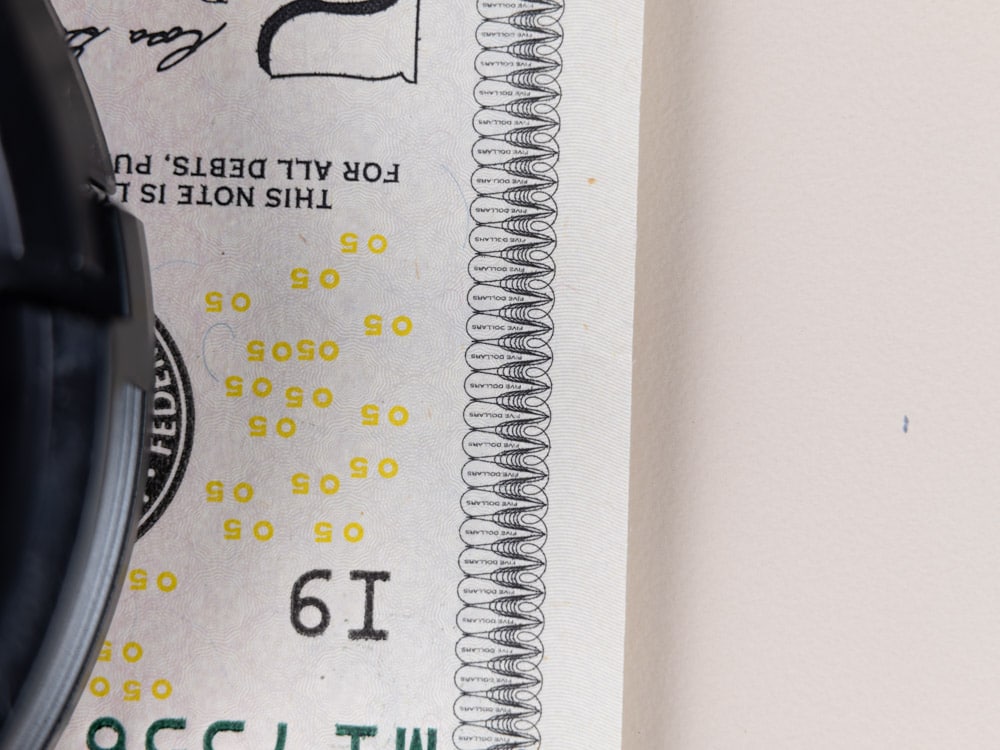
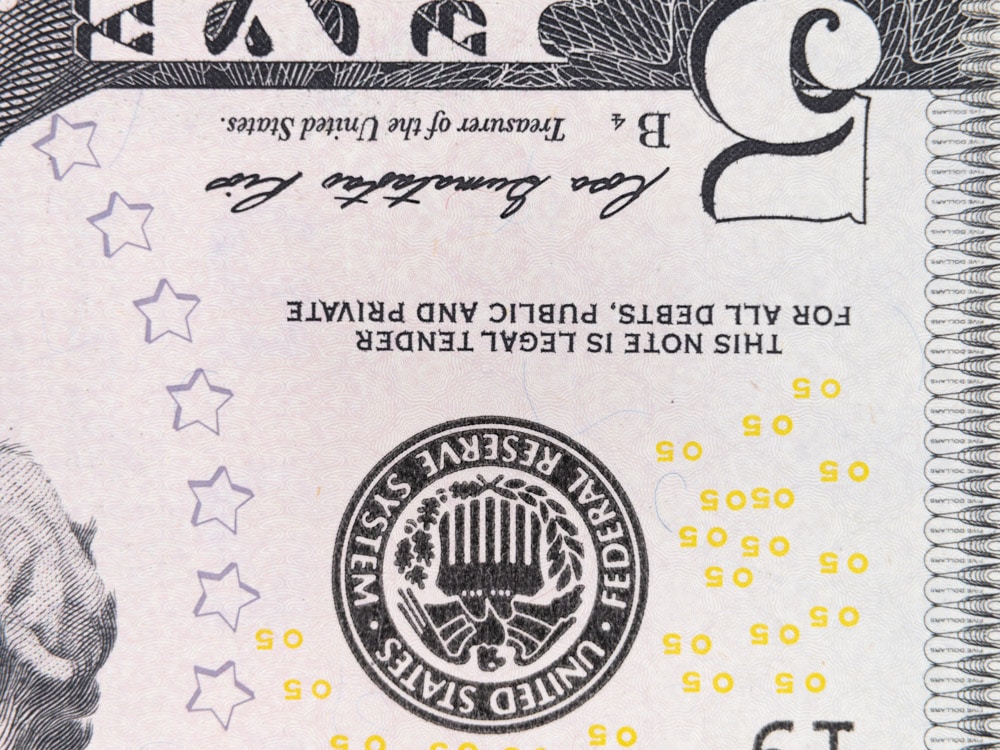
Here are center crops for all 4 cases, at about 150% magnification
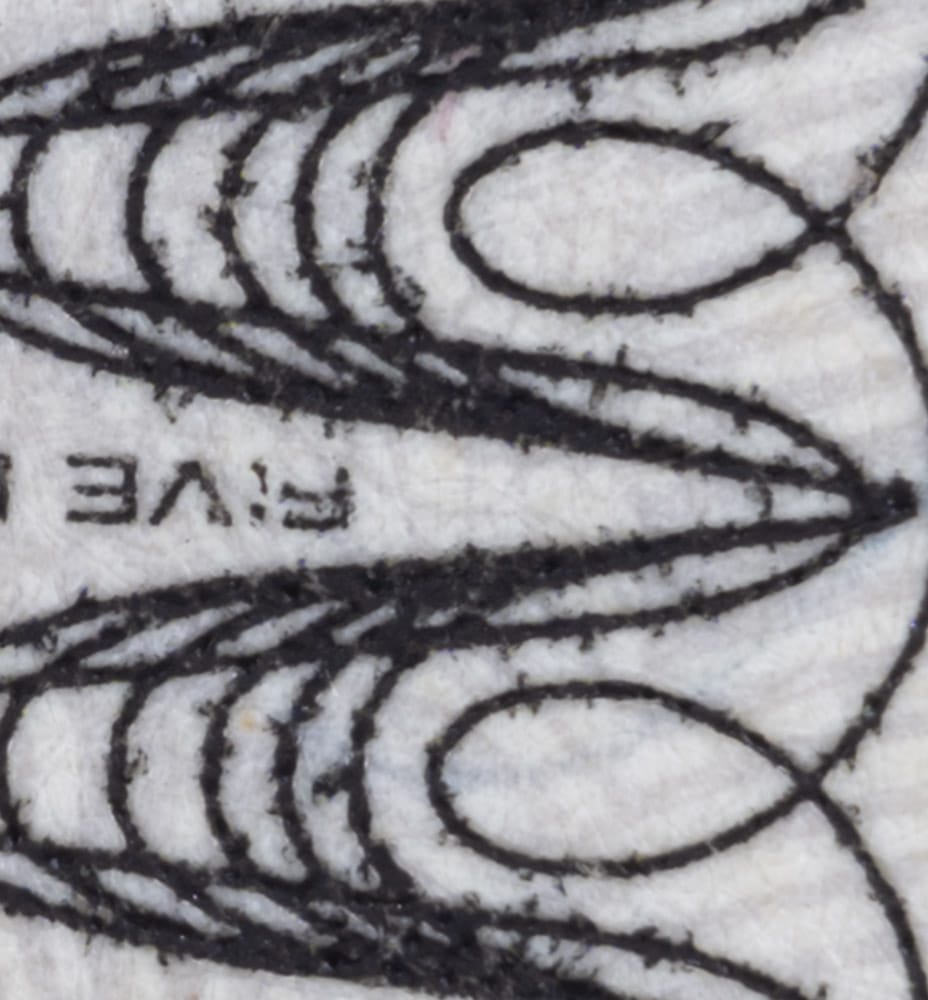
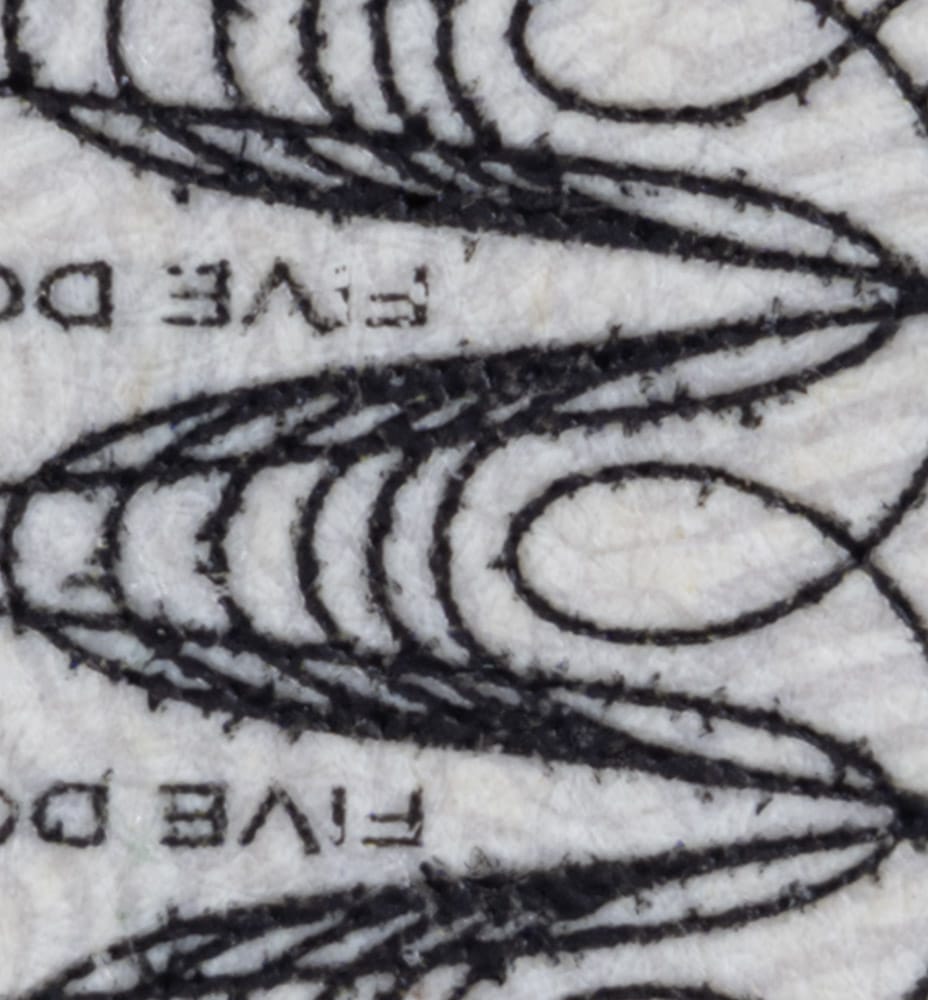
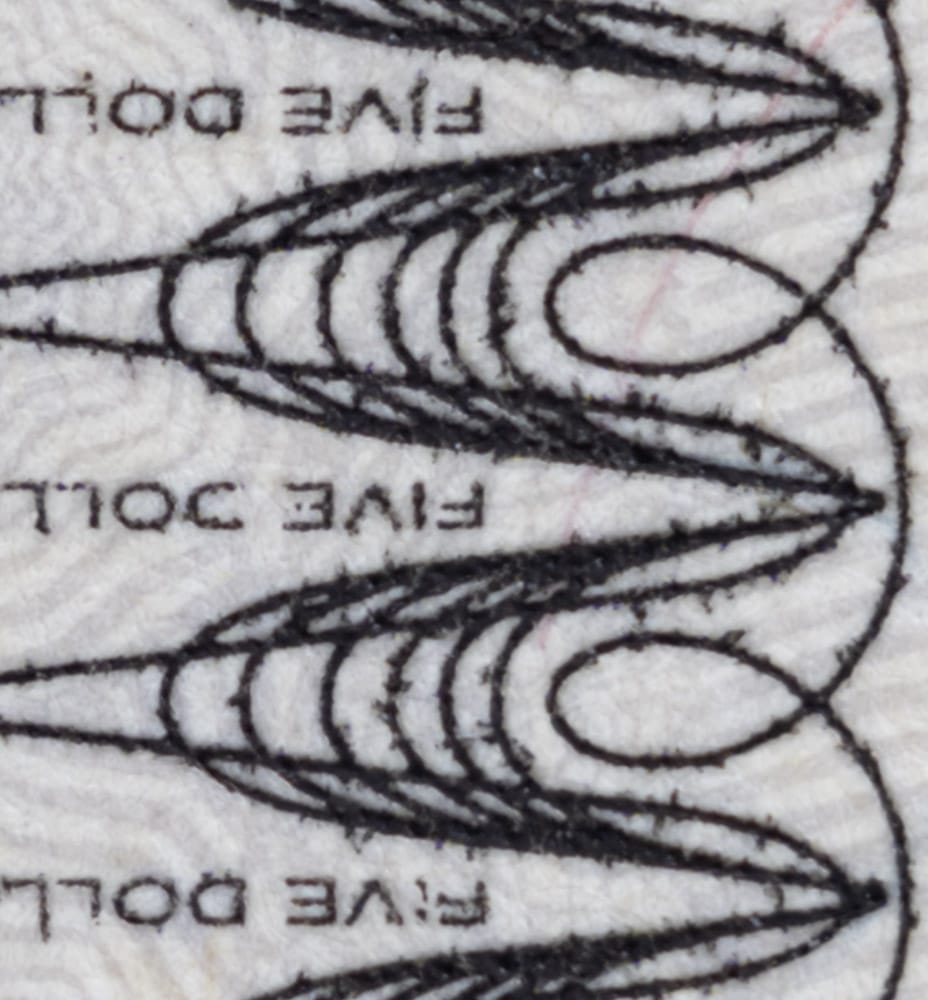
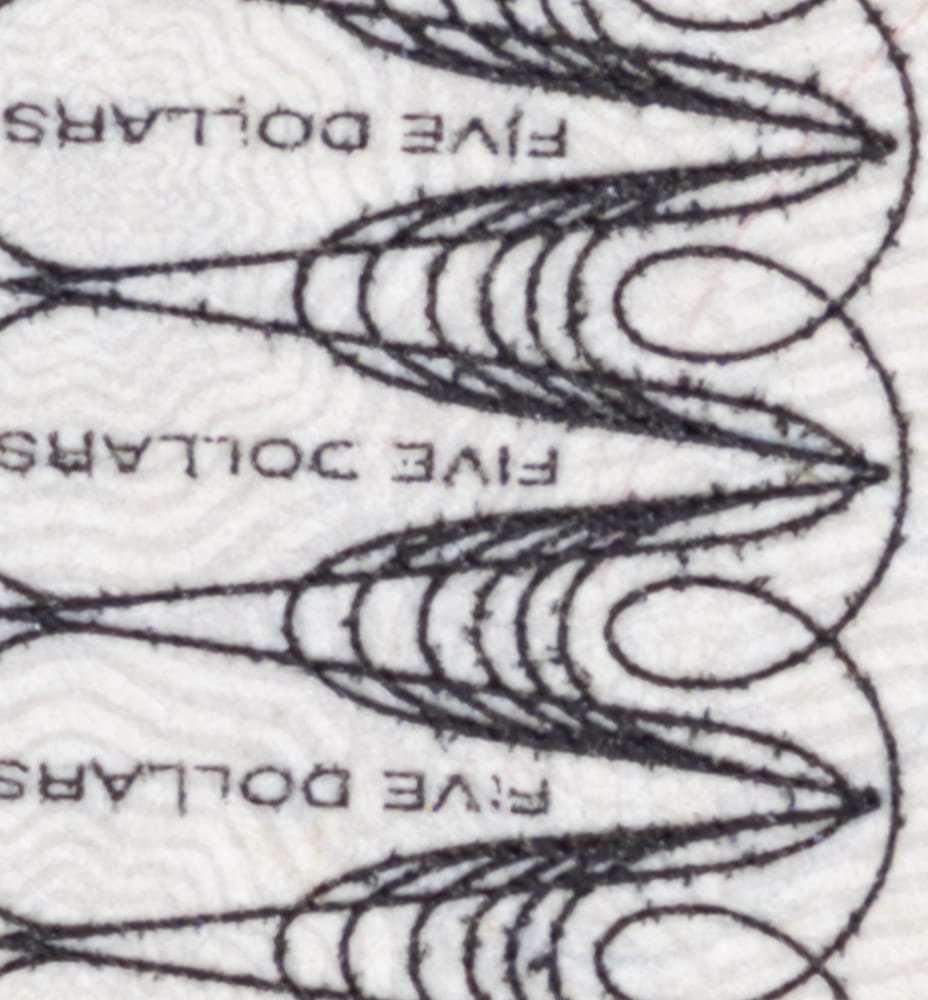
Conclusion: in the center you don’t lose much image-field sharpness as you add the tubes, and you gain object-field sharpness.
On the center right edge:
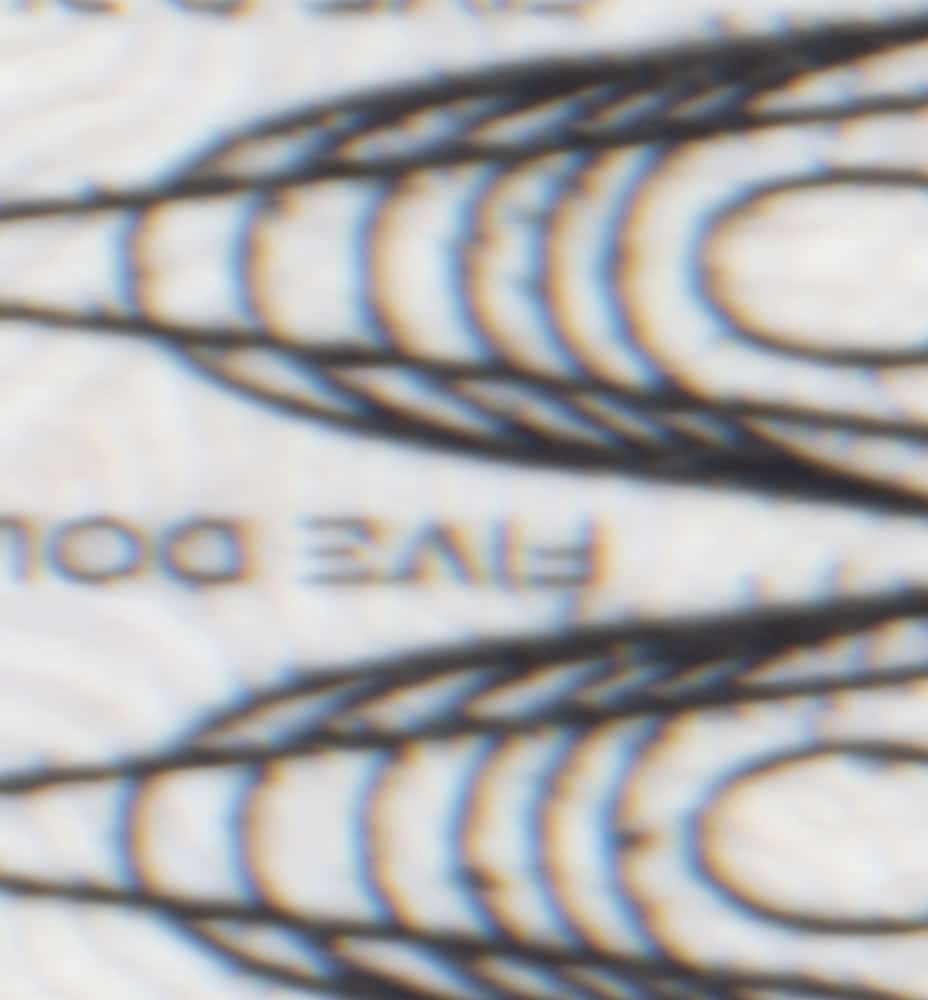

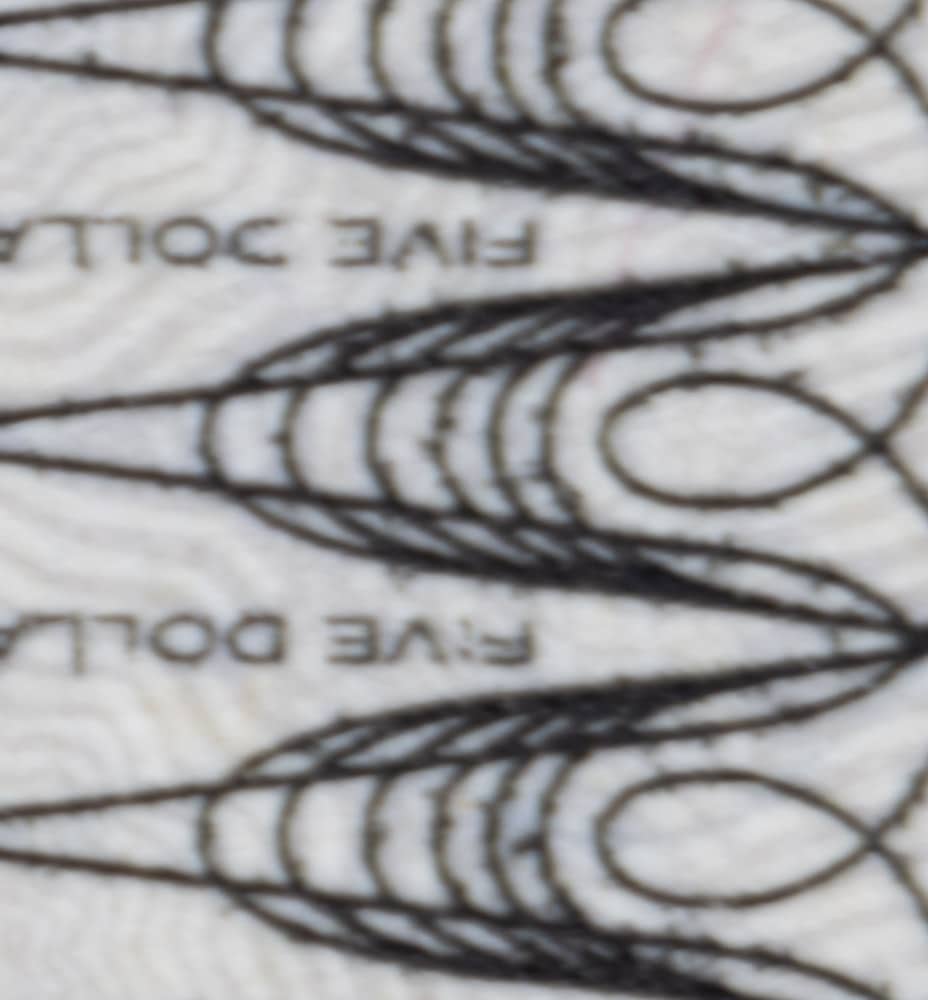
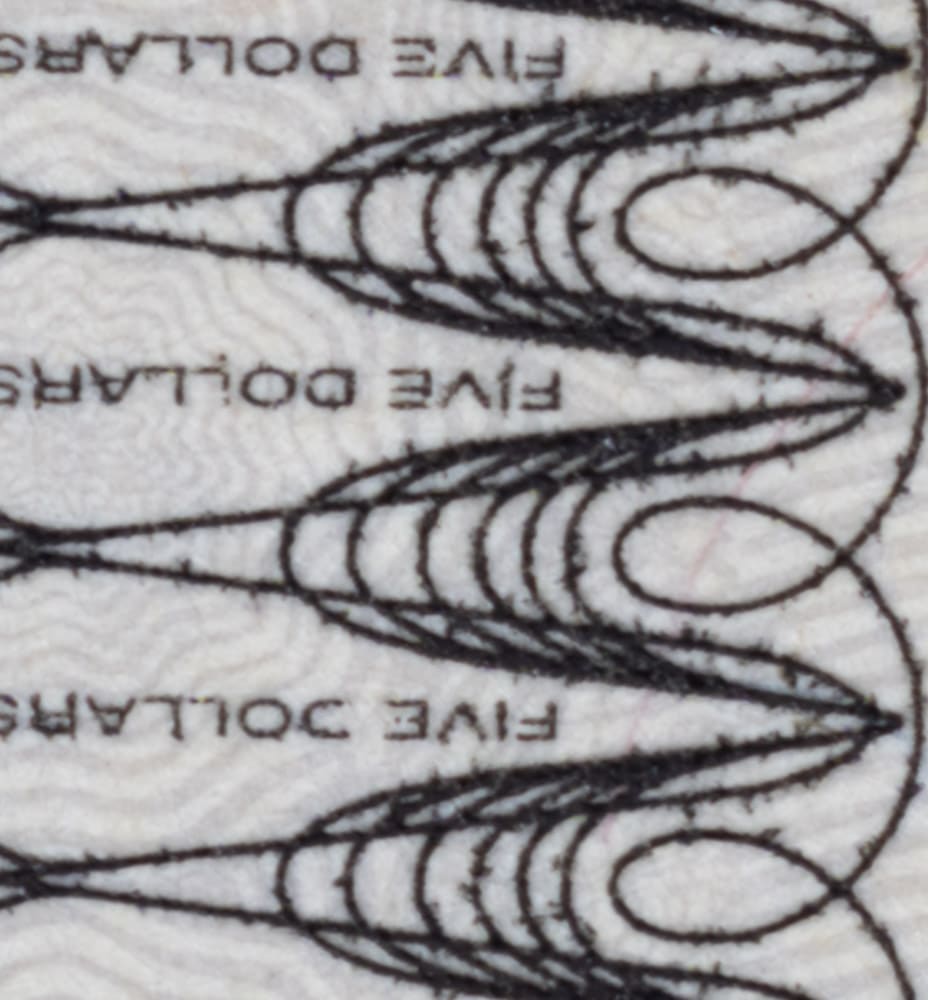
Conclusion: on the right edge you lose a lot image-field sharpness as you add the tubes, and you appear to lose object-field sharpness.
In the corner:
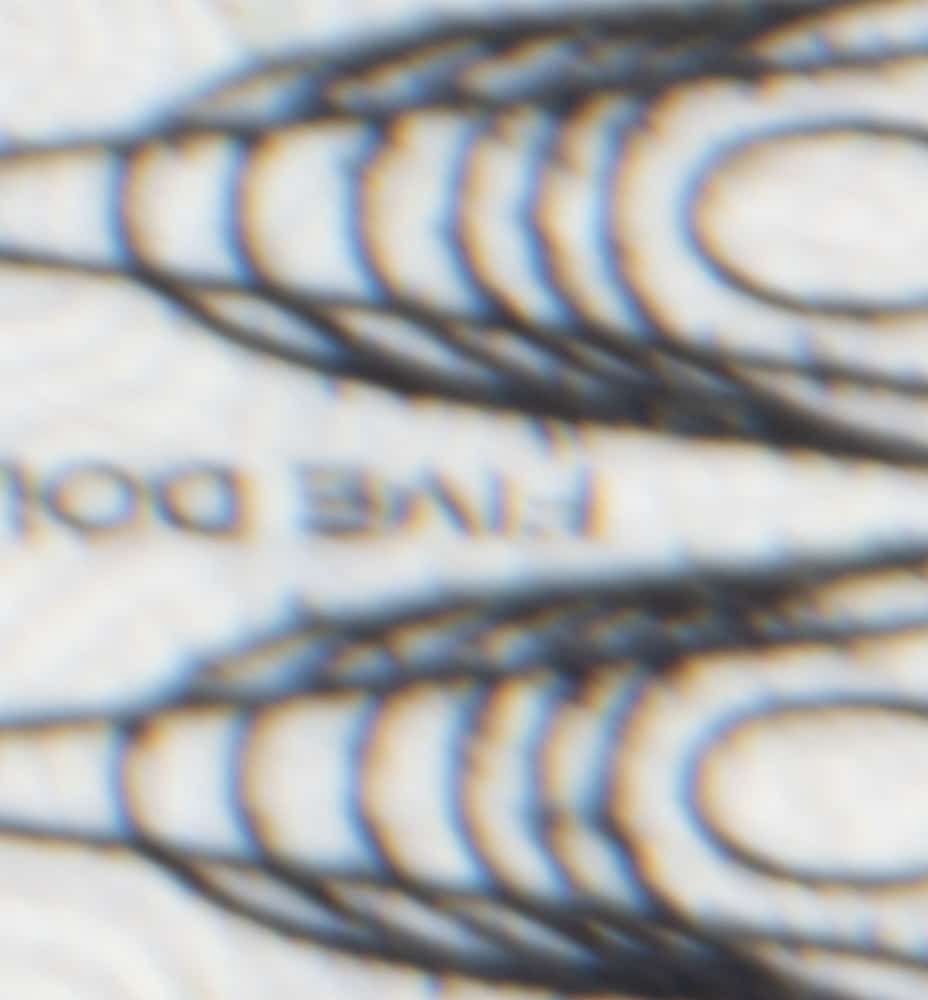
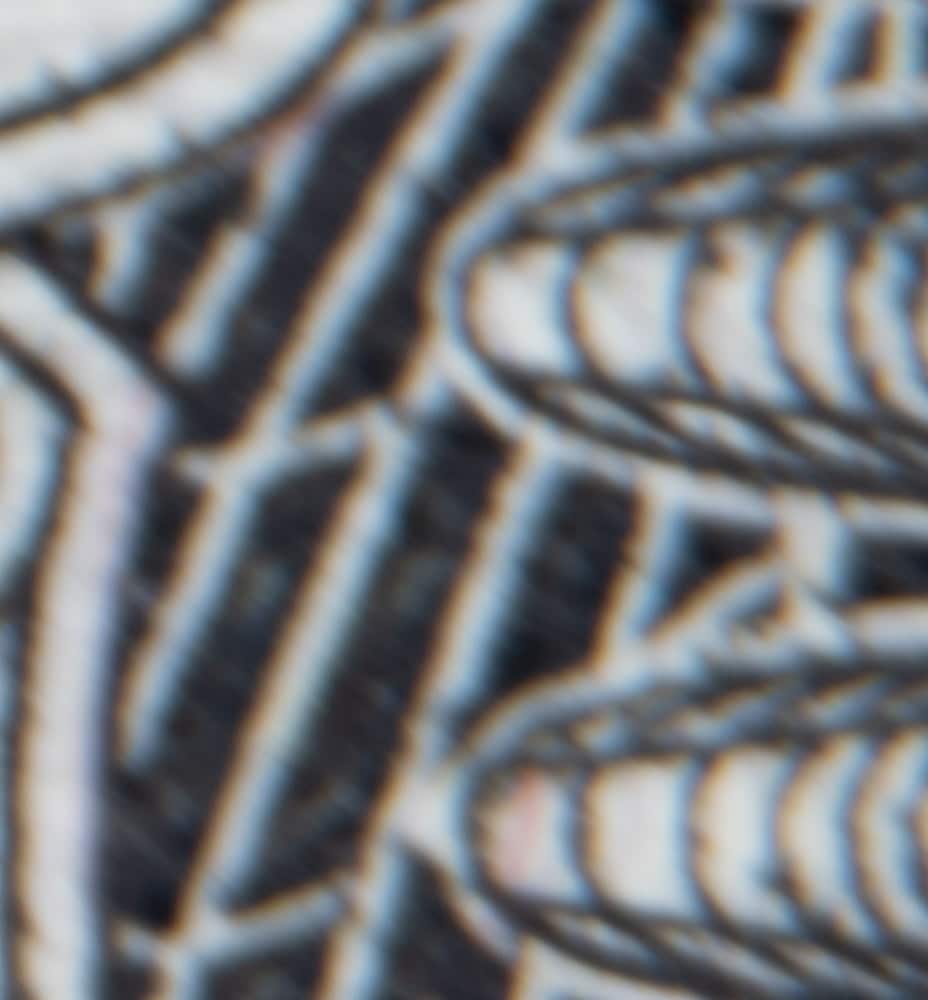

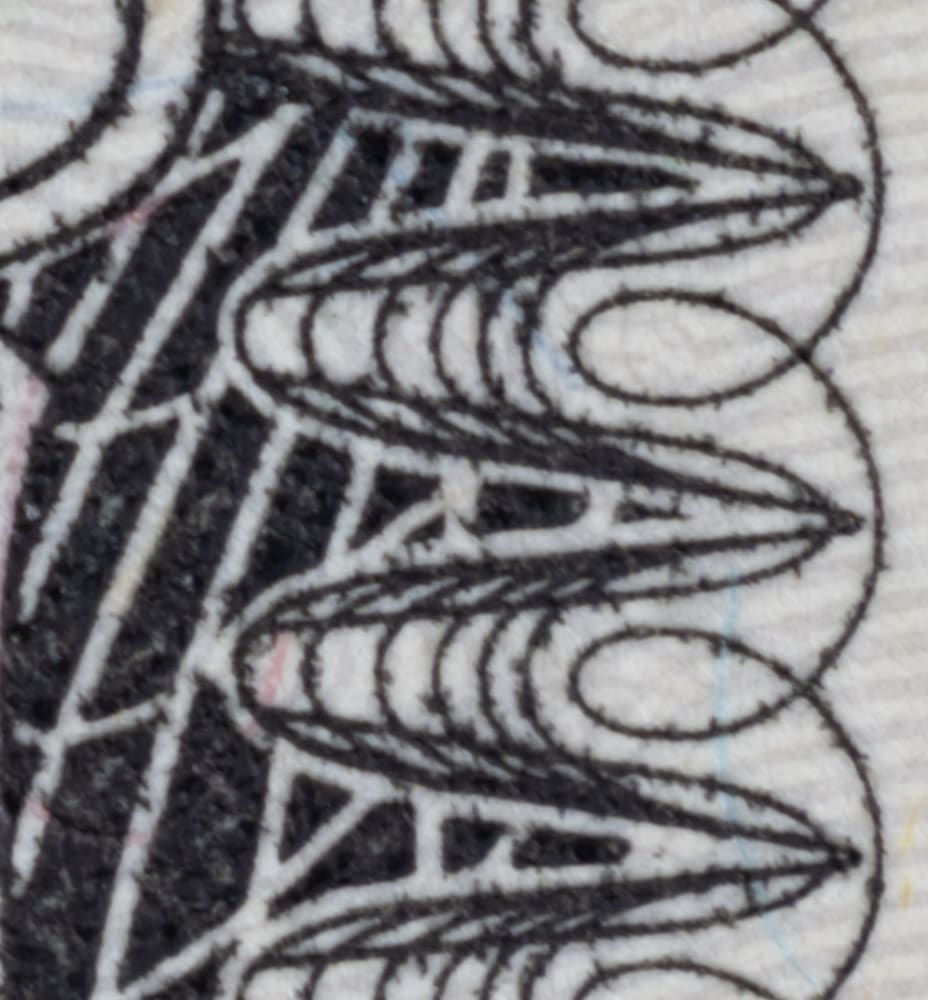
Conclusion: same as for the edge: you lose a lot image-field sharpness as you add the tubes, and you appear to lose object-field sharpness.
Zé De Boni says
“… some people like images better than charts. ” Maybe one image is worth a thousand bars 😉
I do appreciate your graphs, but the impressive result at the edge without tube at 1:2 shown in images here changed my mind and made me go back to the charts from your August 27 post (https://blog.kasson.com/the-last-word/two-ways-to-get-to-12-with-the-gfx/).
So I retreat from one point in my previous comment and admit that the 120/4 GF is really a great performer in the full range without tube.
Otherwise, my explanation about image degradation using bare tubes for macro work still holds, as it is clearly demonstrated here and was in the conclusions of that referred post: “the edges are poor with the 110 and the tubes”.
I have a special interest in this as I am doing digital copies from 35mm slides (hence 1:1) with an A7R4. For convenience I use one of the five 1:1 reaching macro lenses I own (not counting many enlarging lenses). My choice is an old Sigma 70/2.8 A-mount, which can resolve Kodachrome grain with no perceived CA. I just need to correct a minimal distortion (-3) in ACR, but it is great that I can have zero CA correction, because that would affect the aberration present in the original (which must be reproduced for fidelity).
Being presently limited at 1:2 (image field 66x44mm), Fuji GFX 100 can be used for the same “scanning” purposes from 6×9, 6×7 and even 6×6 chromes or negs. But closer than that up to 1:1 I would try the Voigtlander Macro Apo-Lanthar 110mm. Image circle at this ratio is surely enough for MF, one should just check its edges/corners behavior.